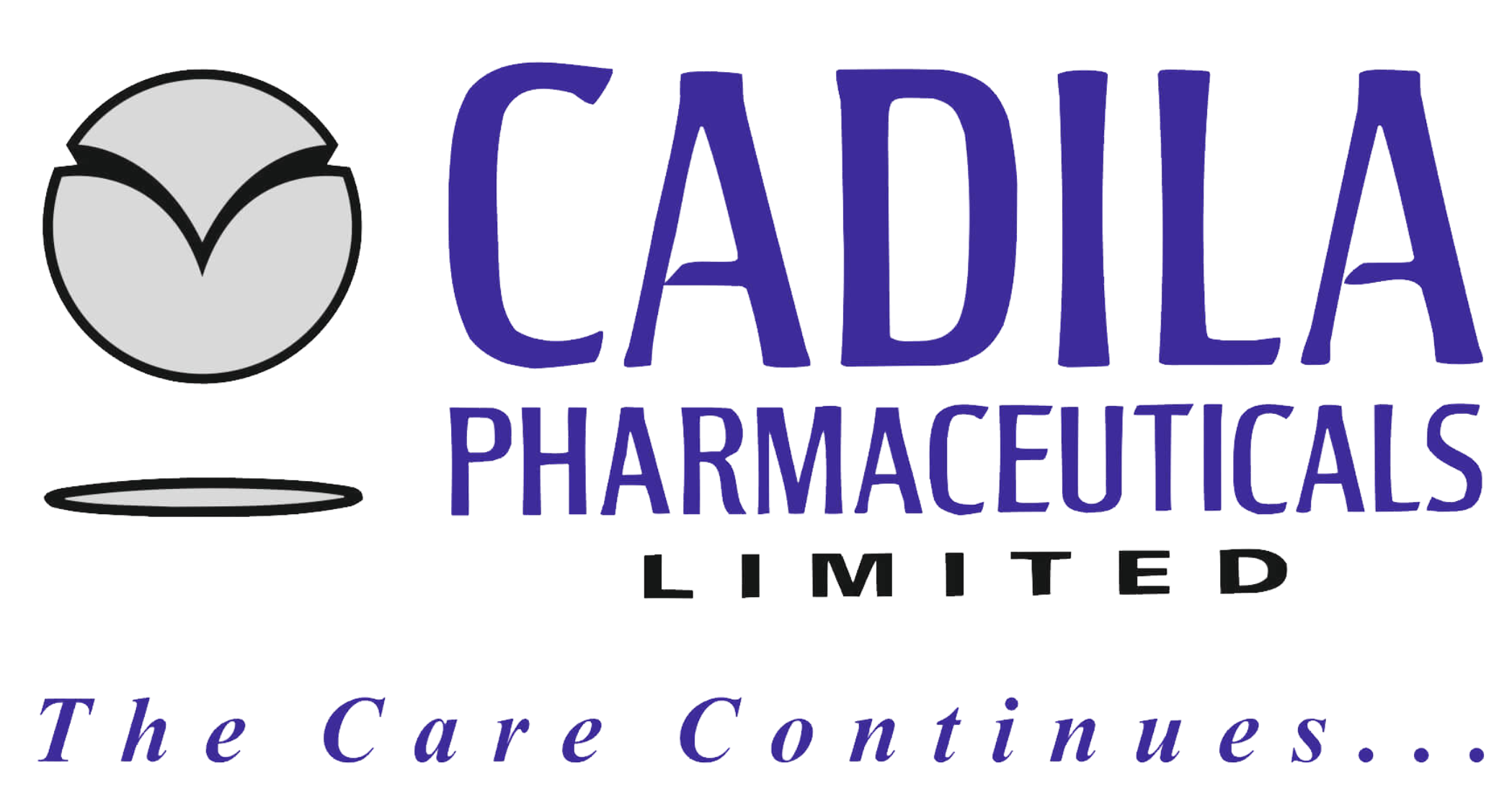

Shedding light on Vitamin D – A Modern Tale of Health
11th Mar, 2024In the early 1600s, the first descriptions of deficiency diseases like rickets and osteomalacia marked the beginning of the vitamin D journey. Fast forward to the 21st century, and the spotlight on this essential nutrient has only intensified.
Why Vitamin D Steals the Spotlight?
Known as the “sunshine vitamin,” primarily recognized for its contribution to bone health by regulating calcium and phosphorus absorption, it prevents osteoporosis. Recent studies highlight its significance in immune modulation, potentially preventing autoimmune diseases and infections. Additionally, vitamin D deficiency has been linked to mood disorders like depression and seasonal affective disorder (SAD), emphasizing its role in mental well-being. It also plays a crucial role in muscle strength and function.
Finding the Sunshine Vitamin?
While sunlight remains the primary natural source of vitamin D, our changing lifestyles have significantly reduced our exposure. Modern-day officegoers spend hours indoors, shielded from the sun’s rays by glass windows and artificial lighting. Even leisure activities have shifted indoors, with people opting for video games, streaming services, or social media over outdoor recreation. This sedentary lifestyle, coupled with reduced outdoor exposure, exacerbates the problem.
Dietary sources like fatty fish, egg yolks, and fortified products help bridge the gap, but they often fall short of meeting daily requirements. Moreover, dietary preferences and restrictions, such as vegetarian or vegan diets, may limit access to vitamin D-rich foods (like certain mushrooms, fortified soy milk, Fortified almond milk, etc)
The Shadow of Deficiency: A Global Concern
Despite abundant sunlight in many regions, vitamin D deficiency persists, particularly due to indoor lifestyles and cultural practices. Globally, deficiency rates vary, with certain demographics at higher risk. In India, studies indicate a prevalence ranging from 50% to 94%, with only 42% of children and adolescents being vitamin D sufficient.
Hence, the Need for Supplementation
Given the challenges, supplementation becomes imperative, especially for at-risk groups. Supplements come in oral and injectable forms, with injectables often more effective. Over the years, the methods of administering these vital vitamins have evolved, with significant advancements leading to more efficient and effective delivery systems.
Imagine a young woman, alarmed by her low vitamin D levels. Hesitant to undergo injections due to fear of pain, she seeks alternatives. However, her doctor recommends the aqueous injection for immediate relief, highlighting its minimal discomfort compared to traditional methods.
The Evolution of Delivery: From Oil to Aqueous Injections
For decades, oil-based injections were the go-to method for delivering vitamins, ensuring reliable nutrient absorption, especially for fat-soluble ones like A, D, E, and K. Yet, drawbacks like slower absorption rates and potential adverse reactions at the injection site persisted. Recently, there’s been a significant shift towards aqueous injections, offering faster and more efficient absorption into the bloodstream. This transition reflects advancements in pharmaceutical technology and a focus on optimizing patient outcomes.
Advantages of Aqueous Injections: A New Dawn in Supplementation
Aqueous injections offer rapid absorption for quicker therapeutic effects are associated with fewer adverse reactions and are less painful at the injection site, making them preferable for many patients. Research and clinical trials consistently show the effectiveness and safety of aqueous injections when administered properly by healthcare professionals. Additionally, the swift absorption of vitamins provided by aqueous injections offers tangible benefits for patients requiring immediate nutrient replenishment.
The shift to aqueous injections marks a significant advancement in vitamin supplementation, providing patients with a more efficient and comfortable means of replenishing essential nutrients. While exploring new frontiers in nutritional science, it’s crucial to stay informed about emerging trends in healthcare. Remember, amidst the bustling supplement market, a doctor’s recommendation remains irreplaceable for tailored prescriptions and optimal outcomes.


